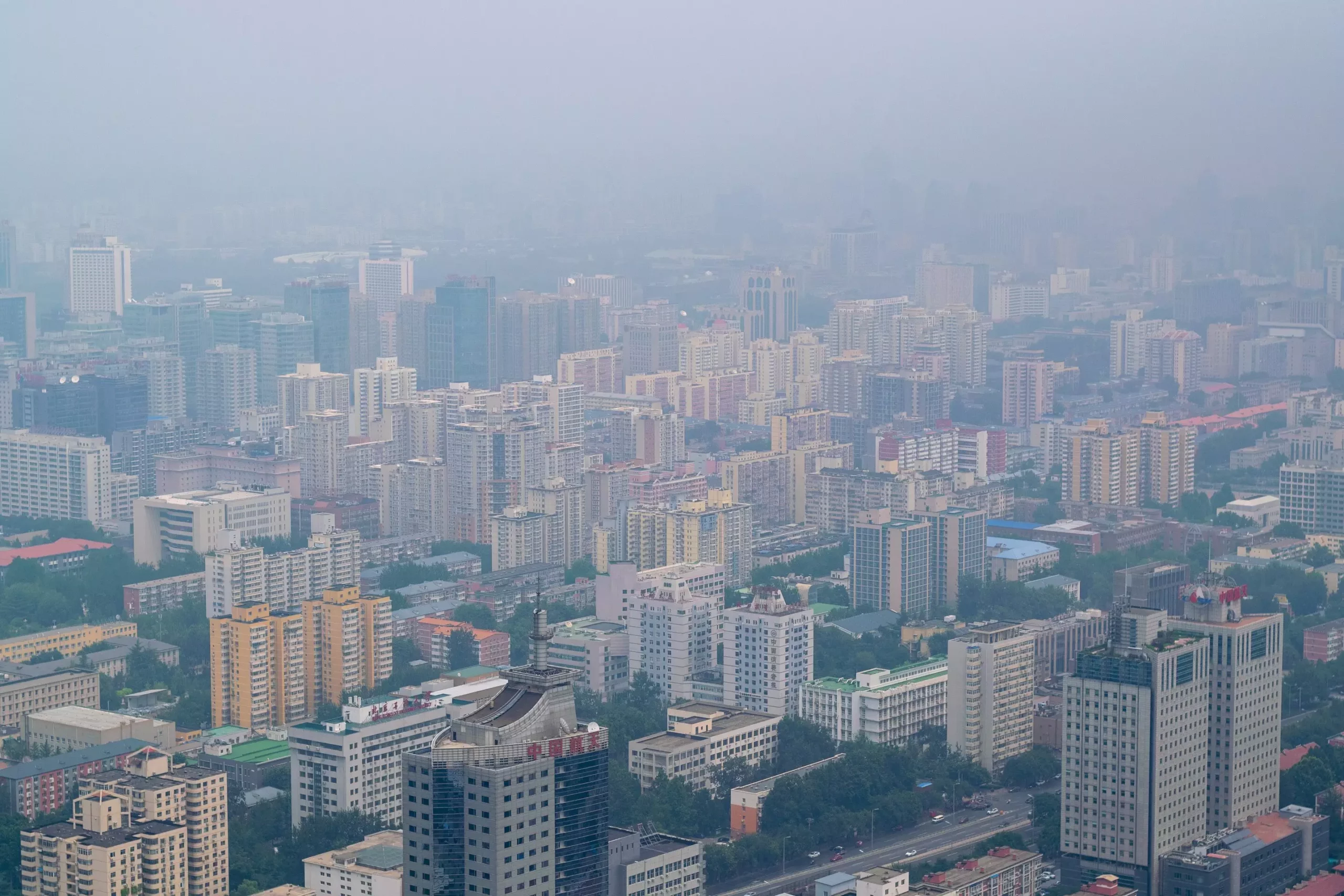Recent research has shed light on the intricate network of carbon mitigation efforts among Chinese cities. A study conducted by experts from the University of Birmingham, University College London, and Tsinghua University analyzed data from 309 Chinese cities between 2012 and 2017. The findings revealed that 240 cities were identified as “outsourced beneficiaries,” meaning that their emission reductions were largely dependent on the carbon mitigation actions of other cities in the supply chain. This phenomenon raises concerns about the distribution of mitigation responsibilities and the need for tailored government policies to address these disparities.
The study further categorized the outsourced beneficiaries into “strong” and “weak” beneficiaries based on their development stages and industrial structures. Strong beneficiaries, accounting for 65 cities, continued to exhibit local carbon emissions growth despite benefiting from upstream mitigation efforts. On the other hand, weak beneficiaries, comprising 175 cities, relied more on outsourced mitigation rather than implementing significant local efforts. This distinction highlights the complexity of city-level carbon mitigation strategies and the necessity for targeted interventions to promote equitable emission reduction practices.
The researchers emphasized the importance of acknowledging the unique challenges faced by different types of outsourced beneficiaries. Strong beneficiaries, typically found in industrialized cities with agricultural and light manufacturing sectors, require support to transition towards cleaner production methods. This could involve financial incentives and technical assistance to upgrade outdated infrastructure and reduce emissions. Conversely, weak beneficiaries, located in high-tech and service-oriented cities, should focus on investing in technology innovation and research to enhance industrial efficiency and lead by example in sustainable practices.
As China shifts towards clean energy sources, the dynamics of outsourced mitigation become increasingly relevant, particularly in the context of supply chain interactions. The study highlighted the risk of cities benefiting from clean energy efforts without proportionate contributions, emphasizing the need for nuanced government policies to address these challenges. By encouraging collaboration and knowledge-sharing among cities at different stages of development, policymakers can facilitate a more equitable distribution of mitigation responsibilities and foster a culture of collective action towards climate change mitigation.
The research on outsourced beneficiaries among Chinese cities underscores the complex interplay of economic, industrial, and environmental factors shaping carbon mitigation practices. By identifying and categorizing cities based on their mitigation behaviors, the study provides valuable insights for policymakers, industry stakeholders, and researchers working towards sustainable development goals. As the global community strives to combat climate change, understanding the nuances of city-level emissions and adopting tailored strategies is essential to achieve meaningful progress in reducing carbon footprints and building a more resilient and sustainable future.


Leave a Reply